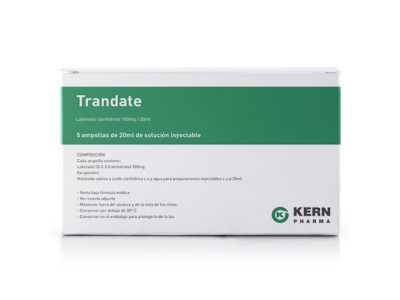Labetalol is considered effective and commonly used in the management of hypertension (high blood pressure) during pregnancy. It is particularly useful in conditions such as gestational hypertension and preeclampsia, where blood pressure needs to be carefully controlled to reduce risks to both the mother and baby.
The effectiveness of Labetalol in pregnancy lies in its ability to lower blood pressure by blocking the effects of certain natural substances in the body, such as epinephrine, on the heart and blood vessels. This helps to reduce heart rate and relax blood vessels, improving blood flow and decreasing resistance in the arteries.
Labetalol is often chosen for use in pregnancy because it has been shown to effectively lower blood pressure without negatively impacting fetal development. It is considered safe for use in pregnancy under the guidance of healthcare providers who can monitor its effects closely.
However, like all medications, Labetalol may have potential side effects and risks that need to be considered. Common side effects may include dizziness, fatigue, and headaches. In some cases, Labetalol can cause a drop in blood pressure that may affect fetal circulation, so monitoring blood pressure and fetal well-being during treatment is crucial.
Healthcare providers typically weigh the benefits of controlling maternal hypertension against the potential risks when prescribing medications during pregnancy. They may adjust the dosage and closely monitor both the mother and baby to ensure optimal outcomes.
Pregnant individuals should always discuss any concerns or questions about medications, including Labetalol, with their healthcare provider to make informed decisions about their treatment plan.

